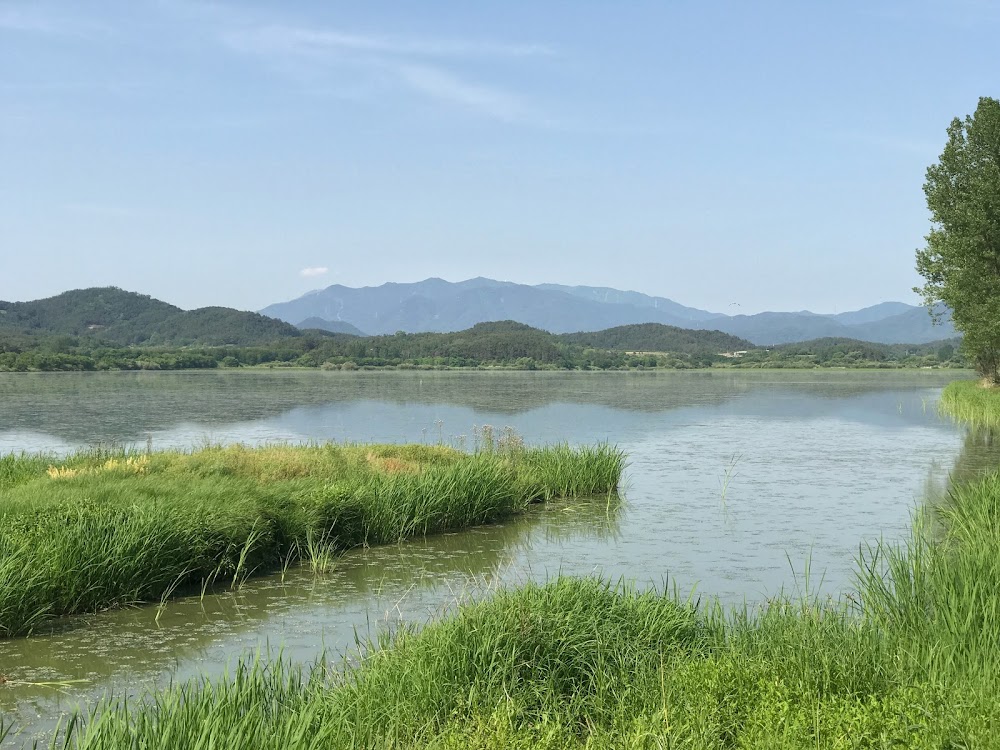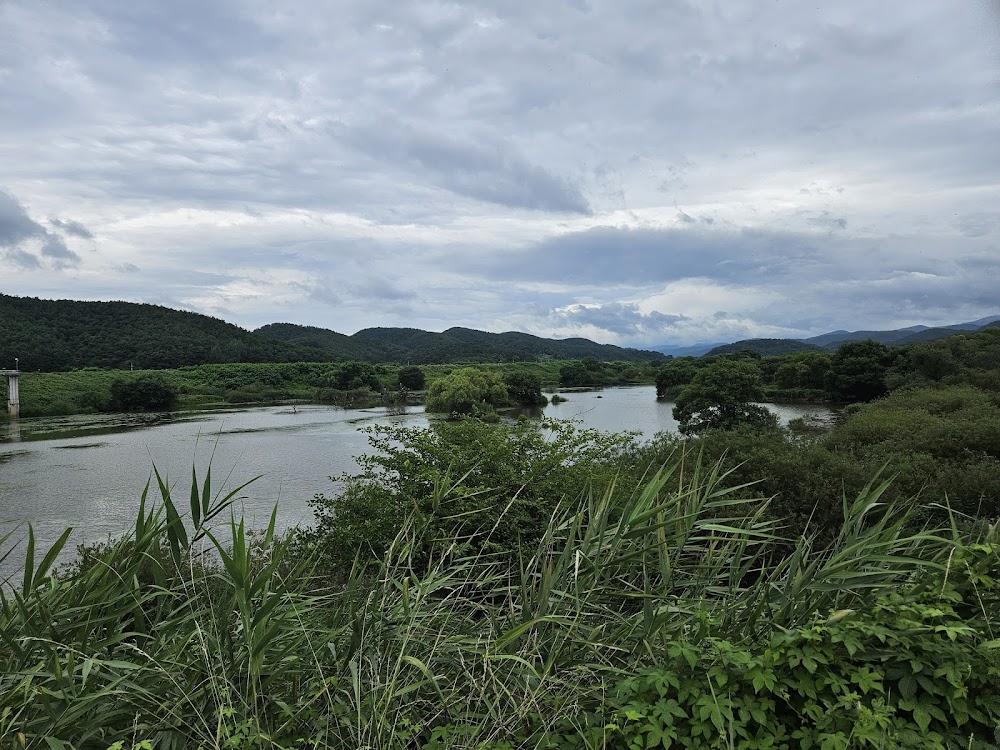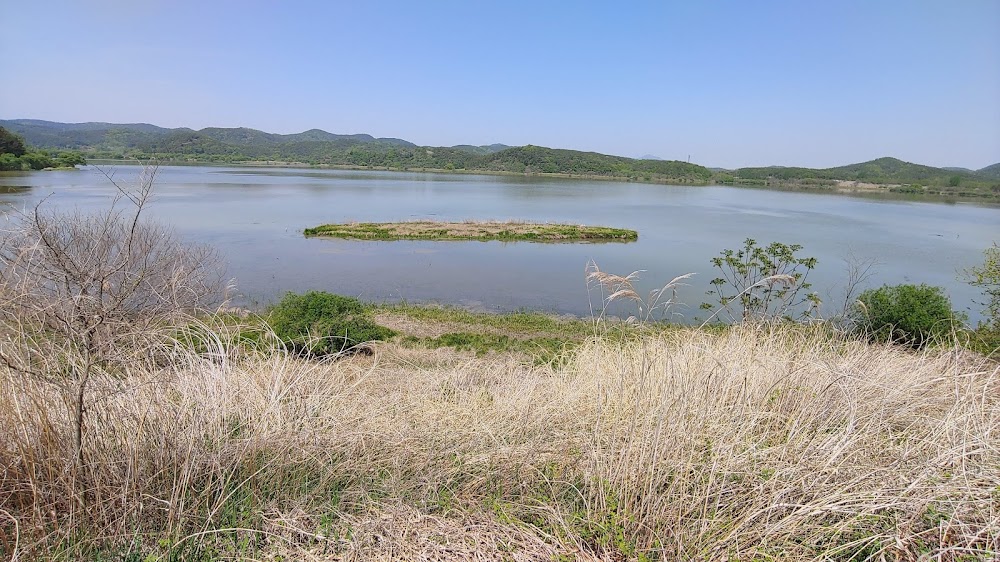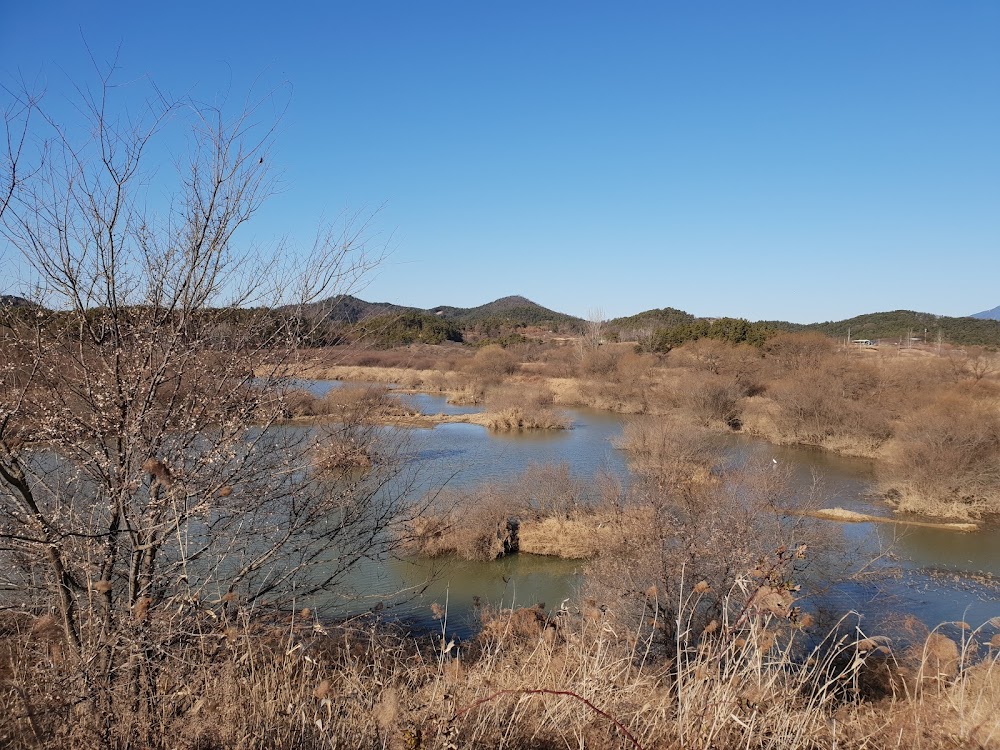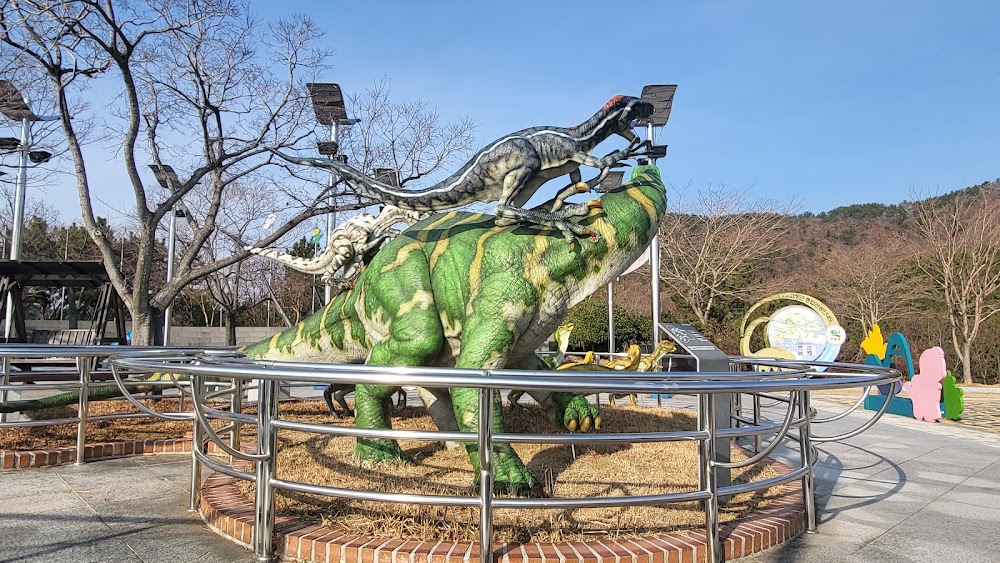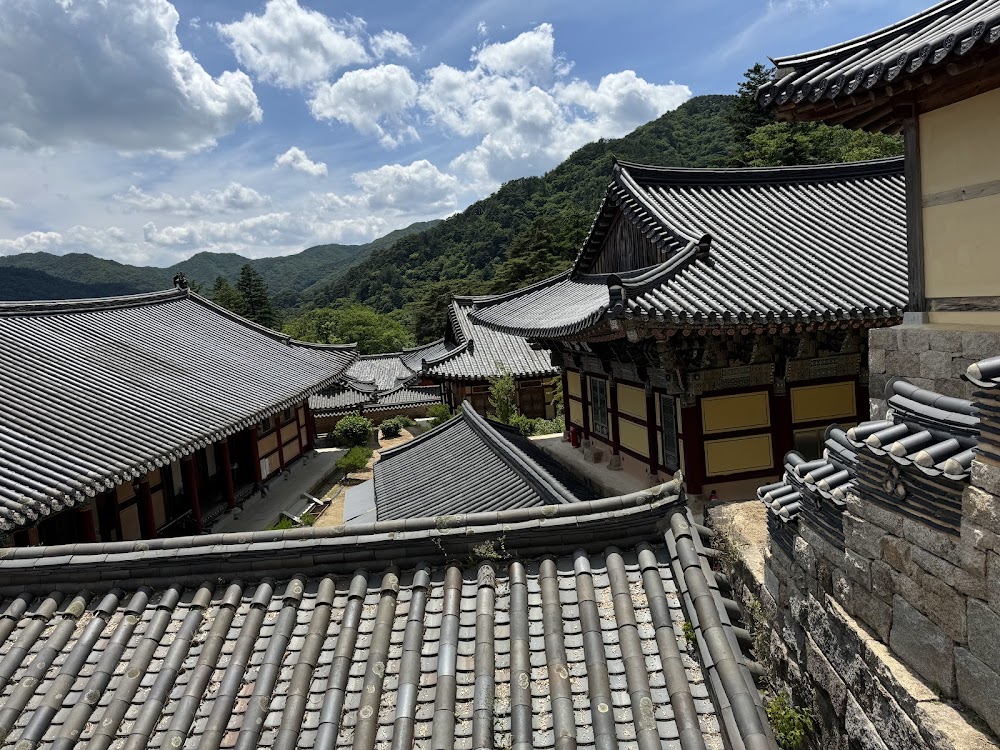Upo Wetland (우포늪)
Overview
Nestled in the heart of South Gyeongsang Province, South Korea, the Upo Wetlands stand as a testament to nature's enduring and tranquil beauty. Formed over 140 million years ago, these ancient wetlands span approximately 2.3 square miles, making them the largest inland wetlands in South Korea. The history of Upo Wetlands is intricately intertwined with both natural evolution and human activity throughout the centuries.
The origins of Upo Wetlands trace back to the Cretaceous period, when dynamic geological processes shaped the landscape. Volcanic activities and shifting tectonic plates created ideal conditions for wetlands to flourish. Over millions of years, rivers and streams meandered through the area, depositing sediments that enriched the soil. This led to the flourishing of natural vegetation, resulting in the vibrant and biodiverse ecosystem we admire today.
Human history at Upo Wetlands dates back at least 7,000 years, as archaeological findings reveal Neolithic artifacts like pottery and stone tools. Early settlers recognized the wetlands as a bountiful source of water and food. Throughout the Jin and Gaya periods, and later during the Unified Silla and Joseon Dynasties, the wetlands served as a crucial resource for agriculture and fishing, with local communities revering their beauty and spiritual significance.
As agriculture expanded during the Joseon Dynasty, communities took measures to manage the wetlands more effectively. Farmers dug irrigation channels and monitored seasonal flooding to optimize rice production. Despite these efforts, the Upo Wetlands remained largely untouched, maintaining their natural state. The delicate balance between human activity and conservation has been a central theme in the region's history.
In modern times, the Upo Wetlands have faced challenges posed by industrialization and urbanization. In the 20th century, proposals emerged to dredge the wetlands for agricultural expansion and flood protection for nearby villages. However, local residents and environmentalists recognized the ecological importance of preserving the wetlands. In 1997, South Korea designated the Upo Wetlands as a protected area, ensuring its conservation for future generations.
Today, Upo Wetlands are a haven for wildlife, boasting over 1,500 species of plants and animals. The wetlands are particularly renowned for their migratory bird populations. Each year, thousands of birds, including endangered species such as the white-naped crane and the hooded crane, flock to the wetlands to feed and breed. This vibrant avian presence has made Upo a popular destination for bird watchers and nature enthusiasts from around the globe.
While conservation remains a top priority, sustainable tourism has also flourished around the Upo Wetlands. Visitors can explore well-maintained trails winding through reed beds and lush meadows, offering breathtaking views and a serene escape from urban life. Observation platforms allow for unobtrusive bird-watching, while guided tours provide educational insights into the ecological significance of the area. Local communities have benefited through eco-friendly businesses that cater to visitors, offering traditional Korean cuisine and cultural experiences.
Efforts to preserve and understand the Upo Wetlands have also sparked significant scientific research. Studies on the hydrology, flora, and fauna of the wetlands contribute valuable information to global environmental science. These ongoing research projects aim to enhance conservation strategies and promote biodiversity.
In summary, the Upo Wetlands in South Gyeongsang Province, South Korea, are a marvel of natural history and human coexistence. Formed in ancient geological times and nurtured by human hands, they serve as a rich biodiversity reserve and a symbol of harmonious living with nature. Their story is one of preservation and respect for the delicate balance of our environment, reminding us of our role in protecting such irreplaceable natural treasures.


